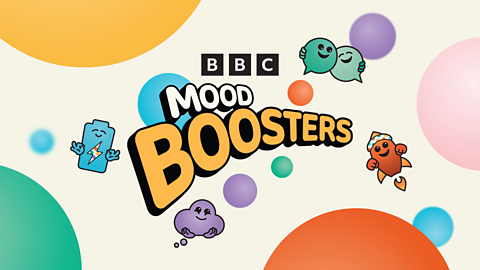Joe:
Hello, I'm Joe.
Rhys:
And I'm Rhys. And today we're going to power up with lots of feel-good energy.
We can all have days when we feel tired and not up to doing much.
Joe:
When we feel like that, we can power up!
A bit like when we charge up our phones or other devices.
Rhys:
That's right. We're going to start our power up by standing up nice and straight.
Putting two hands in the air. Now give yourself five high tens.
Ready? One, two, three, four, five.
Joe:
Nice, very good. Let's do it again but this time a little bit faster.
Rhys:
One, two, three, four, five. That's it!
Let’s have one more go even faster this time. Ready?
Go. One, two, three, four, five.
Oh wow. Do you feel the power already? I know I do.
Joe:
Yes, me too Rhys. And we're all feeling a little bit more energised now, I'd say.
So let's pass the energy to our classmates.
You are going to do five high-tens with three different people, one after the other.
Joe:
The first one, a little bit slow.
The second one, a little faster.
And the third one, just as fast as you can.
Rhys:
Okay everyone, find your first partner.
Okay now, this is slow. Ready?
One, two, three, four, five. Good!
Now go find another class mate. Ready? Yes!
Alright, faster.
One, two, three, four, five.
Good! Time for the final one.
Find your new partners, yeah.
Okay, I think they're ready Joe.
Final one. Three, two, one.
One, two, three, four, five.
Joe:
Ah!
Rhys:
Brilliant, now we're definitely energised. But let's stop for a bit and just take three deep breaths.
One.
Two.
And three.
Oh, amazing.
I can feel there's so much more power in the room then when we began.
Joe:
All fully charged I'd say.
Let's do a class power up by sending the power around the classroom high voltage style.
Rhys:
I like this.
So, teacher you need to start with just one high ten and then you have to pass it around the room until it's been around everyone.
Joe:
And if we're all ready, let's get the high tens at the ready.
Three, two, one hit it!
Rhys:
Yeah!
Joe:
Ugh!
Rhys:
Come on!
Joe:
Ow!
Rhys:
Get those high tens ready!
Rhys and Joe:
Power up. Electrify!
Power up! Awake your body and alert your mind.
Power up. Electrify!
Awake your body and alert your mind.
Power up. Electrify!
Awake your body and alert your mind.
Rhys:
Nice! Now, pass those high tens all the way back to your teacher again.
And don't stop, and whatever you do keep the energy up! Here we go!
Rhys and Joe:
Power up. Electrify!
Awake your body and alert your mind.
Power up, electrify.
Awake your body and alert your mind.
Come on!
Come on!
Rhys:
That was high energy stuff!
Well done everyone.
Joe:
Electrify!
Rhys:
Exactly!
It’s ok to feel tired sometimes, but maybe on days when you are feeling energetic, you can help someone else feel more energised too.
Joe:
Yes exactly.
Getting up and moving around for just 10 seconds, and then taking 3 deep breaths might help.
Rhys:
So let's say it together:
“I am ready to go!”
“I am ready to go!”
Joe:
“I am ready to go!”
Rhys:
Come on then, let's go. See you soon.
Joe:
See you! Power up!
Rhys:
Electrify!
CBBC presenters Rhys Stephenson and Joe Tasker use simple high-5 and high-10 hand movements and actions to ‘power up’ the class.
As the activity progresses the tempo of the movements increases, which will help to up the energy levels in the room.
This classroom activity acknowledges that everyone can feel tired from time to time, but that sharing energy around the class through movement can help everyone to feel more energised and prepared for what’s ahead.
Sometimes we need a boost to get us going. Being energised helps us to do the things we know we can normally do, and confidence to give new things a go.
Teacher Notes
Teachers can use this activity when pupils might need a boost in energy to help them regain confidence and motivation to take part in everyday activities. This type of activity can open up possibilities to challenge ourselves and the focus we need to complete tasks successfully and pursue new interests.
We advise teachers and parents to review the Moodboosters video prior to showing it to children at school or home, and consider the activity’s suitability for space, accessibility requirements and how it may be received by pupils.
Teachers should ensure that the learning environment is safe and supportive for all pupils during viewing, especially when they are asked to share ideas, feelings and emotions.
Visit the Teacher Guide for more information and support.
Curriculum Notes
Moodboosters classroom resources can be used for teaching primary school pupils aged 5 -11 PSHE in England, Health and Wellbeing in Wales and Scotland, and PDMU in Northern Ireland, and to support with Ofsted, Estyn and Education Scotland requirements.

More from Boost:
Animal Safari. video
Bethany Shriever uses movement and exercises to help primary school children recognise the importance of taking time to pause and reflect.
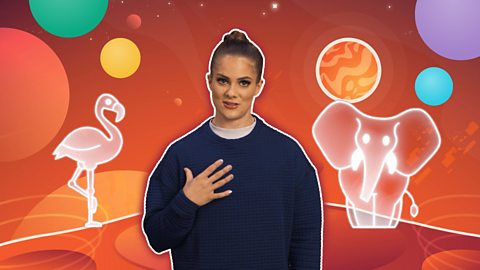
Boat Race. video
Ade Adepitan shows primary school pupils that it’s ok to go wrong from time to time through a combination of rowing, jumping and leaning.

Dance Party Mega Mix. video
Strictly Come Dancing champion Oti Mabuse encourages primary school pupils to have fun by practicing unique dance moves to energise the class.

Volume Up. video
Rhys Stephenson and George Webster encourage primary school pupils to join in with a body percussion routine to inspire confidence and self-belief.

Wacky Workout. video
Dr Ranj Singh leads a wacky workout for primary school pupils about being able to change negative moods to positive ones through movement.

Make Some Noise. video
Evie Pickerill inspires children to turn their bodies into musical instruments to help stimulate awareness of controlling movement.
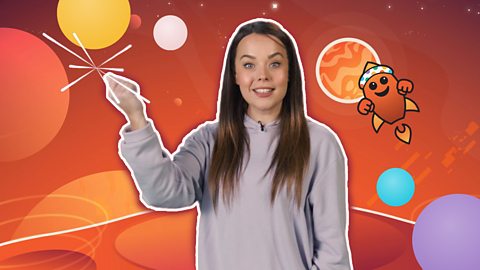
Let's Rock. video
Evie Pickerill assembles an air instrument rock band for children, where everyone has their own part to play.
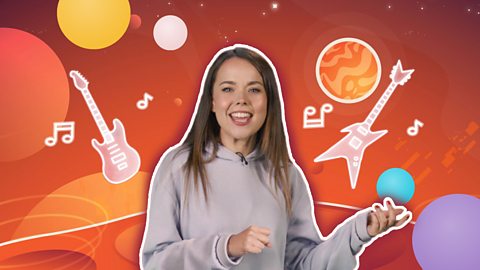
Emotion in Motion. video
Amy Dowden demonstrates how primary school children can explore different emotions through movement and impersonations of animals.

MC Hype. video
Oti Mabuse becomes MC Hype in this fun activity that aims to get children off their feet to help combat feelings of tiredness and fatigue.


More from Moodboosters:
Recharge. collection
Activities to help children become aware of the importance of self-care, whilst building resilience and recognising what makes them special.
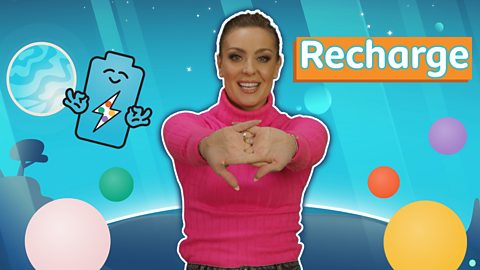
Connect. collection
Fun, movement-based activities for children centring on relationships and how to recognise emotions in others through empathy.

Imagine. collection
Learning activities to promote creativity and optimism in children whilst encouraging them to use their imagination to envision their goals and aspirations.

Teacher's guide
Curriculum-linked ideas and tips about how you can use Moodboosters with your class during the school day.
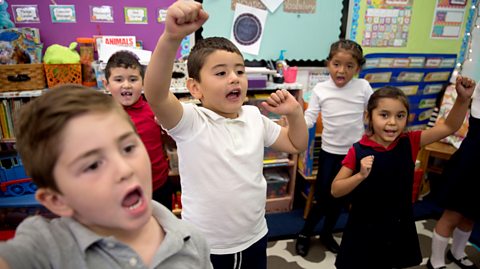
Watch again - our live launch. video
Watch highlights as children from around the nations join together for a big mood-boosting moment.
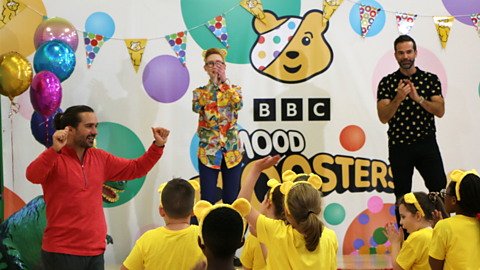
About Moodboosters
Everything you need to know about our initiative to get KS1 / KS2 pupils moving for mental health and wellbeing.
